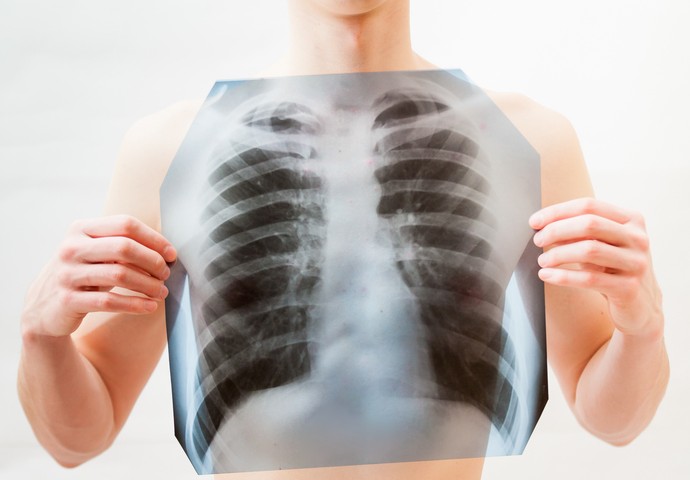The contagious respiratory bacteria mycoplasma pneumoniae is one of the most frequent causes of community-acquired pneumonia but common diagnostic methods are not sensitive enough to accurately detect 100 percent of infected patients. Identification and subsequent treatment requires the integration of physical and radiological examination.
Tomoo Kishaba, from the Okinawa Chubu Hospital, recently described typical physical and radiological manifestations of mycoplasma pneumonia in order to help integrate the diagnostic methods. The study, “Community-Acquired Pneumonia Caused by Mycoplasma pneumoniae: How Physical and Radiological Examination Contribute to Successful Diagnosis,” was published in Frontiers in Medicine.
According to the Japanese Respiratory Society (JRS), six parameters can be used as criteria for mycoplasma pneumonia. Criteria includes young age, absence of underlying disease, absence of crackles, non-productive cough, and absence of leukocytosis – but the sensitivity and specificity of the criteria are 88.6 and 69.8 percent, respectively.
Recently, other tests were reported to be highly sensitive which suggested that physical and radiological patterns can be used to improve diagnosis of the condition.
It important to properly distinguish between typical pneumonia and atypical pneumonia, which includes mycoplasma pneumonia, because the right diagnosis allows for specific treatment to the patient, to prevent the spread of community acquired pneumonias, and to reduce chances for the bacteria to become drug-resistant.
In this study, Kisaba reports, general appearance is normal compared to patients with typical pneumonia – except for temperature, which can go up to 39ºC (102.2°F).
Mycoplasma can cause ear pain or transient deafness and patients may demonstrate either trace late inspiratory crackles or normal alveolar sounds during auscultation. But bronchiolitis, identified through increase in lung functional capacity or volume loss, may lead to bilateral polyphonic wheezes.
Chest radiographs often show some abnormalities, namely bilateral reticulonodular or patchy consolidation, across the lung lower lobes. Alveolar collapse may also be found due to the spread of mycoplasma into the bronchioles. Pleural effusion, the abnormal collection of fluid in the pleural space, is rarely observed in adults, but older male patients are at higher risk of multilobar opacities.
The study concluded: Comprehensive examination of patients with mycoplasma pneumonia is quite important because the patients often show variable extra-pulmonary manifestations. From a radiological perspective, understanding the favorite site of infiltration in mycoplasma pneumonia is crucial, based on the understanding of mycoplasma development and lung anatomy. Using five senses for the comprehensive understanding of mycoplasma pneumonia is the key point.


